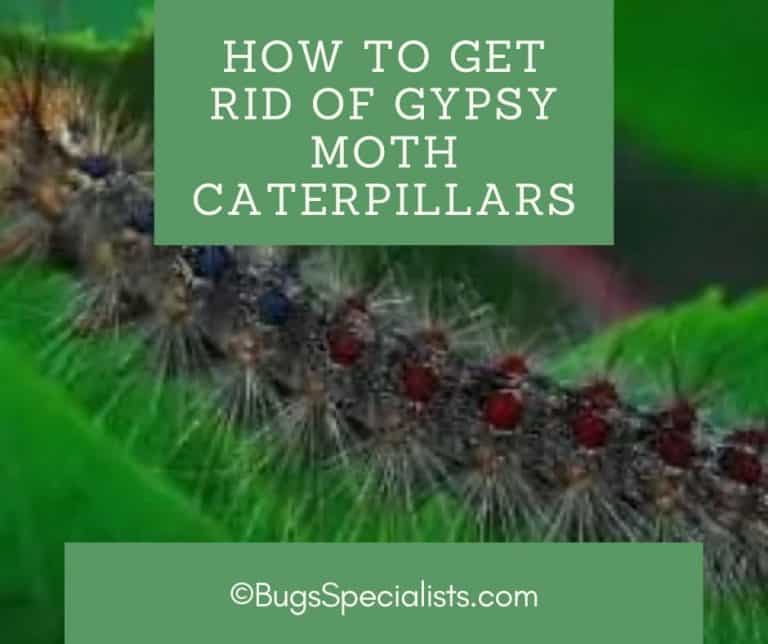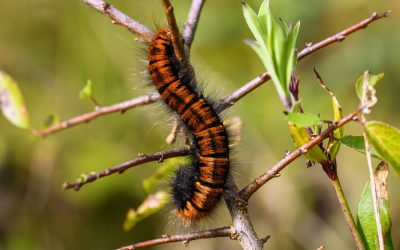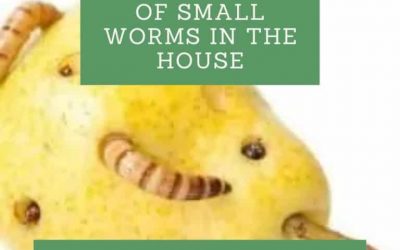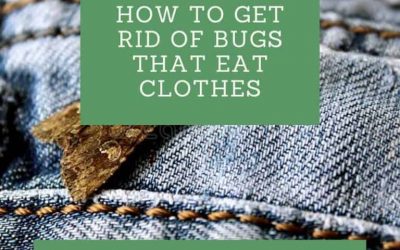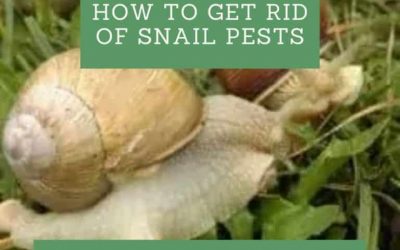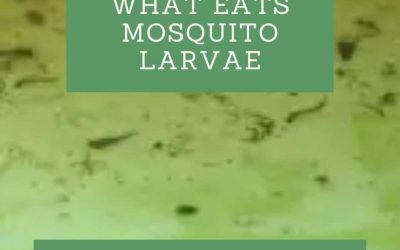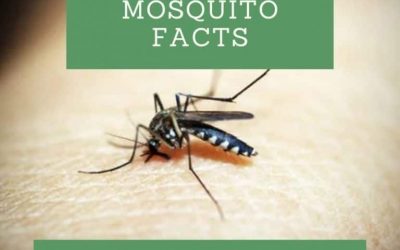After long months of cold weather, many people look forward to summertime. Unfortunately, sunny conditions bring out various pest problems. These pests range from crop pests, animal pests, to household pests.
Recently, there has been a widespread of gypsy moth caterpillars, which has raised a major concern. As a result, governments and farmers alike have come up with ways of how to get rid of gypsy moth caterpillars.
These pests have a ferocious appetite and have defoliated millions of hectares of forests. By feeding on plants’ leaves, they prevent the trees from producing their food. This makes the trees prone to diseases and other pests.
The defoliation can further result in the death of the tree itself. To make matters worse, the caterpillars have hairs containing histamine. This substance is a health risk to many people because it can result in serious allergy reactions.
Invalid table id.
Brief History
The gypsy moth caterpillars were first imported in the 1800s to the United States for the purpose of silk farming. However, some escaped from Massachusetts and rapidly moved to various parts of the country, such as Florida and estern Wisconsin. The first outbreak of these pests happened in 1889.
Identification
The gypsy moth caterpillar is a larva stage of a gypsy moth. This is the most problematic phase because that is when it feeds. A full-grown worm is about 2 inches long and is very hairy.
Another distinct feature is the five pair of blue dots followed by six pair of red dots that runs down its back. On the contrary, an adult gypsy moth usually is white or gray. This color variation depends on gender.
They also have wings measuring one to two inches in length. However, female gypsy moths do not fly. These pests can lay up to 1000 tiny yellowish eggs that are hard to notice.
Lifecycle
After laying an egg mass, the female gypsy moth protects the eggs by covering them using their body hair. The moth then dies shortly after. The eggs sit out during winter, and when spring comes, they hatching begins.
The black-headed moths then climb to the treetops and start feeding on the leaves. They use their silk webs to move to other plants. These larvae eat from late April to mid-June during night time to escape predators and high temperatures.
At maturity, the caterpillar stops feeding and turn into pupae. They later develop into adult moths after a period of 7 to 10 days.
Inspection
Before dying, the female gypsy moths hide their eggs in the bottom part of tree branches or healthy tree barks. It seems that they have also identified homes and manmade structures as good laying grounds. This may explain the rising number of gypsy moths in residential areas.
Another breeding ground includes ornamental plants. If you have a lot of vegetation in your garden, then they are likely to be present in your yard. When you are investigating possible infestation in your garden, look for the egg masses or the moth caterpillars themselves.
Related Reading How to get roaches out of my ps4
How to Get Rid of Gypsy Moth Caterpillars
The most effective way to control the gypsy moth population is by using insecticides. This is more practical in forest areas with closed canopy. However, if you are looking for solutions for your yard or garden, there are other options that you can apply.
Egg mass treatments
Gypsy moths lay eggs in masses of up to 500 to 1000 eggs. Destroying the eggs before they hatch has a significant impact on controlling the populations. Check for egg masses in plants, outdoor property like play equipment, and furniture at the end of winter.
Scrape the egg masses with a putty knife and place them in a plastic bag. Proceed to empty them into soapy water and let it sit for a day or two.
Another alternative of destroying the eggs is by applying a specific solution of horticultural oil to the egg masses. A good example of such treatment is the Golden Pest Spray Oil.
You can also make your own by mixing water and soybean oil in a spray bottle to smother the larvae.
Tree banding
During the day, some larvae are likely to move down the tree in search of shelter. The trick is to block them from getting to the leaves. Although the banding approach may kill some caterpillars, it does not guarantee a significant reduction of the infestation. Burlap bands offer a resting place for the worms.
Wrap a burlap band around a tree a few meters from the ground. Ensure to check the bands from mid-afternoon to around 6 p.m. every day. Remove the caterpillars using a knife and place them in soapy water.
Be cautious of their hairs because they can trigger an allergic reaction. For more effectiveness, use Eradicoat banding kit to control the gypsy moth caterpillars. You can also use tangle foot adhesive to trap them.
Related Reading Do mosquitoes have hearts?
Pesticides
Using biological or chemical pesticides is the best possible way to depopulate these pests. However, it is advisable to get a professional who is well versed with how to get rid of gypsy moth caterpillar.
This is due to the health hazards the larvae and the pesticides present. He or she will advise you on the best pesticide to use and the appropriate time to apply it.
Use natural enemies
Gypsy moth caterpillars are prone to attacks from natural enemies such as birds, mice, pathogens and parasitic wasps. Make your yard attractive to birds by installing bird feeders or birdhouses for the birds to rest. Some of these birds include blackbirds, catbird, cuckoos, and blue Jays.
Sanitation
Keep your yard clean by removing any items that can be used as breeding grounds. Clear out dead branches, old wood, or mulch.
Bottom Line
These pests can cause massive destruction of plants if left untreated. Therefore, taking measures to prevent their emergence is the best way to prevent the moth from spreading.
However, if you already have them in your garden, taking immediate action is how to get rid of gypsy moth caterpillars.
Related Reading How to Get Rid of Caterpillars in A House Using Natural Remedies

